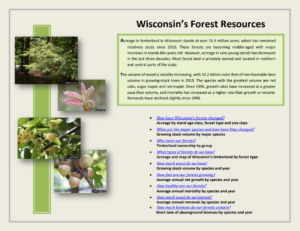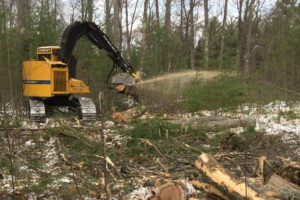Cave-dwelling bat populations in Wisconsin are rapidly declining due to a fungal disease known as white-nose syndrome. Some species may soon be listed as endangered under the federal Endangered Species Act (ESA). In preparation for this listing, the Wisconsin Department of Natural Resources is teaming up with the Michigan Department of Natural Resources and the Minnesota Department of Natural Resources to develop a large-scale Habitat Conservation Plan (HCP).
The purpose of this HCP is to obtain a federal incidental take permit under ESA section 10 requesting authorization for the incidental take of bats during forest management activities. The goal of this project is the protection of federally endangered bat species and the continuation of forest management activities in the Lake States.
The Wisconsin DNR will use the HCP to guide forest management activities on DNR-administered land. County, municipal and private landowners may also choose to participate in the plan as a way to continue forest management activities while remaining in compliance with the ESA. Continue reading “Seeking feedback on draft chapters of bat HCP”


